Ghost stories
Ghost stories
Moody College professor combines art and photojournalism to chronicle an industrial disaster
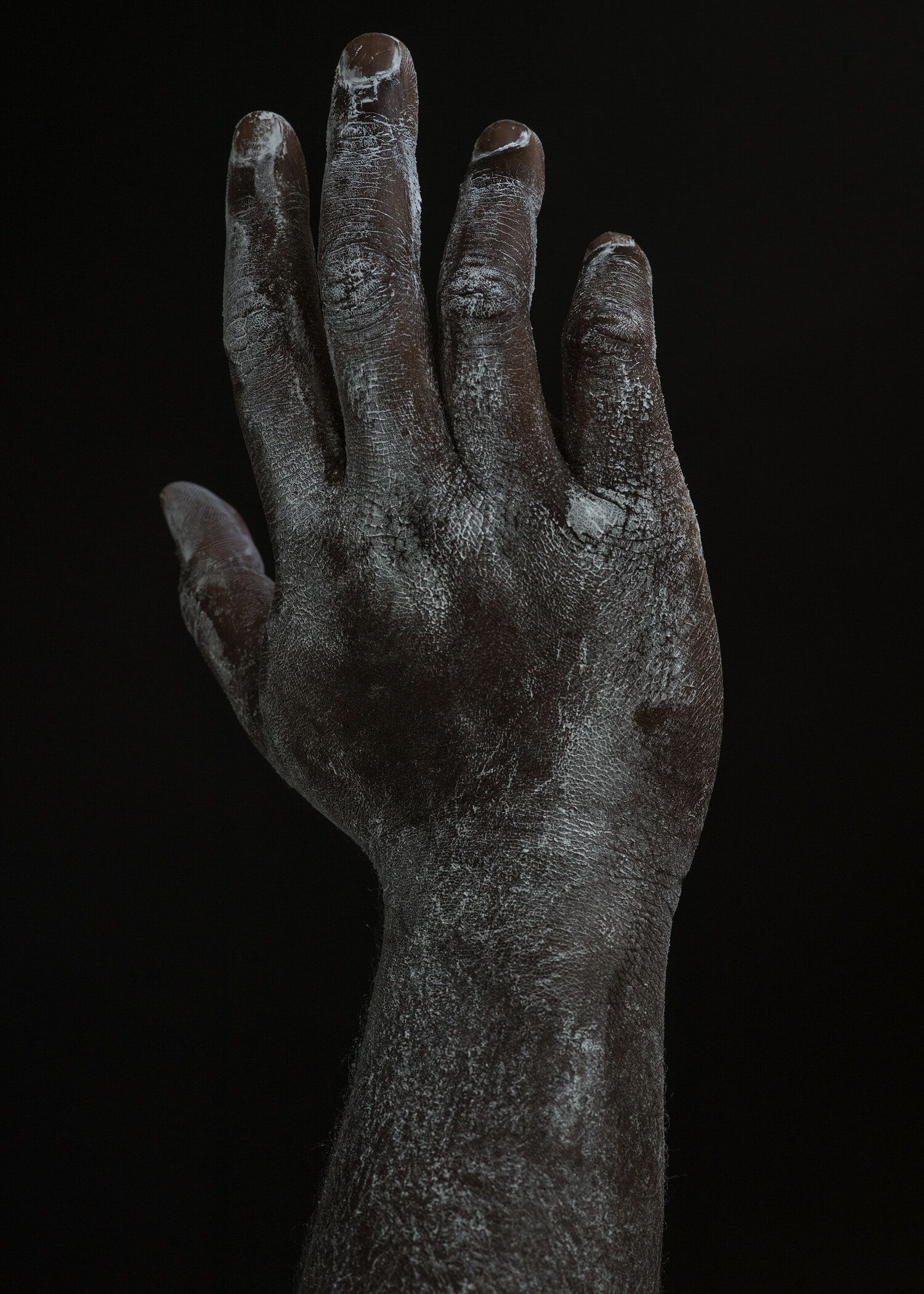
In 1930 in Summersville, West Virginia, workers began construction on the Hawk’s Nest Tunnel. About 3,000 men, two-thirds of them Black and many of them migrants, blasted and drilled through the tunnel to funnel water from a dam to a power station. While they were working, they drilled through areas of rock with high levels of silica, sending harmful dust into the air. An estimated 764 workers died of silicosis over the course of the project, their lungs coated in silica dust and destroyed.
All that’s left to remember these workers is a few markers scattered across the landscape.
“There’s some folks who call this the worst industrial disaster in United States history,” said Raymond Thompson, an assistant professor in the School of Journalism and Media. “At the same time, no one really knows about it. It basically got shoved aside. Even within the state, not a lot of people know about it.”
Thompson’s new book, “Appalachian Ghost: A Photographic Reimagining of the Hawk’s Nest Tunnel Disaster,” brings the lives and struggles of the Black workers to the forefront of the tale.
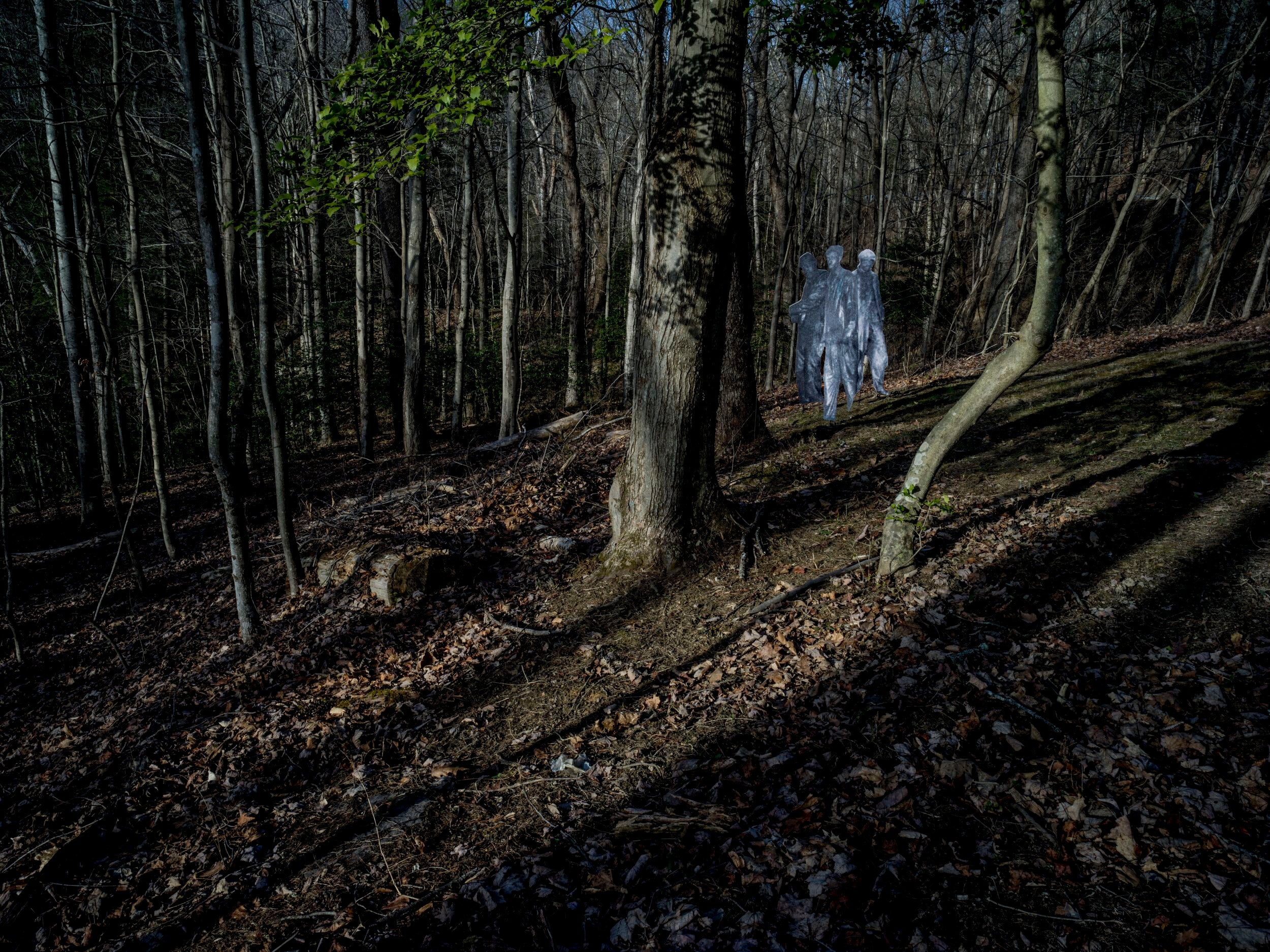
Thompson stumbled upon this story while working at WVU Magazine at West Virginia University. His editor slid a copy of “The Book of the Dead” by Muriel Rukeyser across his desk, thinking Thompson would be interested in the history. The book memorialized the Hawk’s Nest Tunnel disaster in a series of poems. Thompson was fascinated and had the beginnings of a project turning over in his mind.
He headed out to Hawk’s Nest on a magazine assignment to photograph Catherine Venable Moore, who wrote the introduction to “The Book of the Dead.” She took him on a tour of the area. The dam and what was left of the cemetery haunted Thomson, and he knew he had to capture the feeling of that place.
The chance to tell a story that deeply involved African Americans in Appalachia also piqued Thompson’s interest. “Appalachian Ghosts,” which is the product of seven years of work, follows his recent fascination with peeling back the layers of African American history.
“I’ve started to want to explore the experience of African American events in the American landscape,” Thompson said. “I want to explore these stories that are there but hidden or buried or haven’t been talked about yet.”
“I’ve started to want to explore the experience of African American events in the American landscape. I want to explore these stories that are there but hidden or buried or haven’t been talked about yet.”
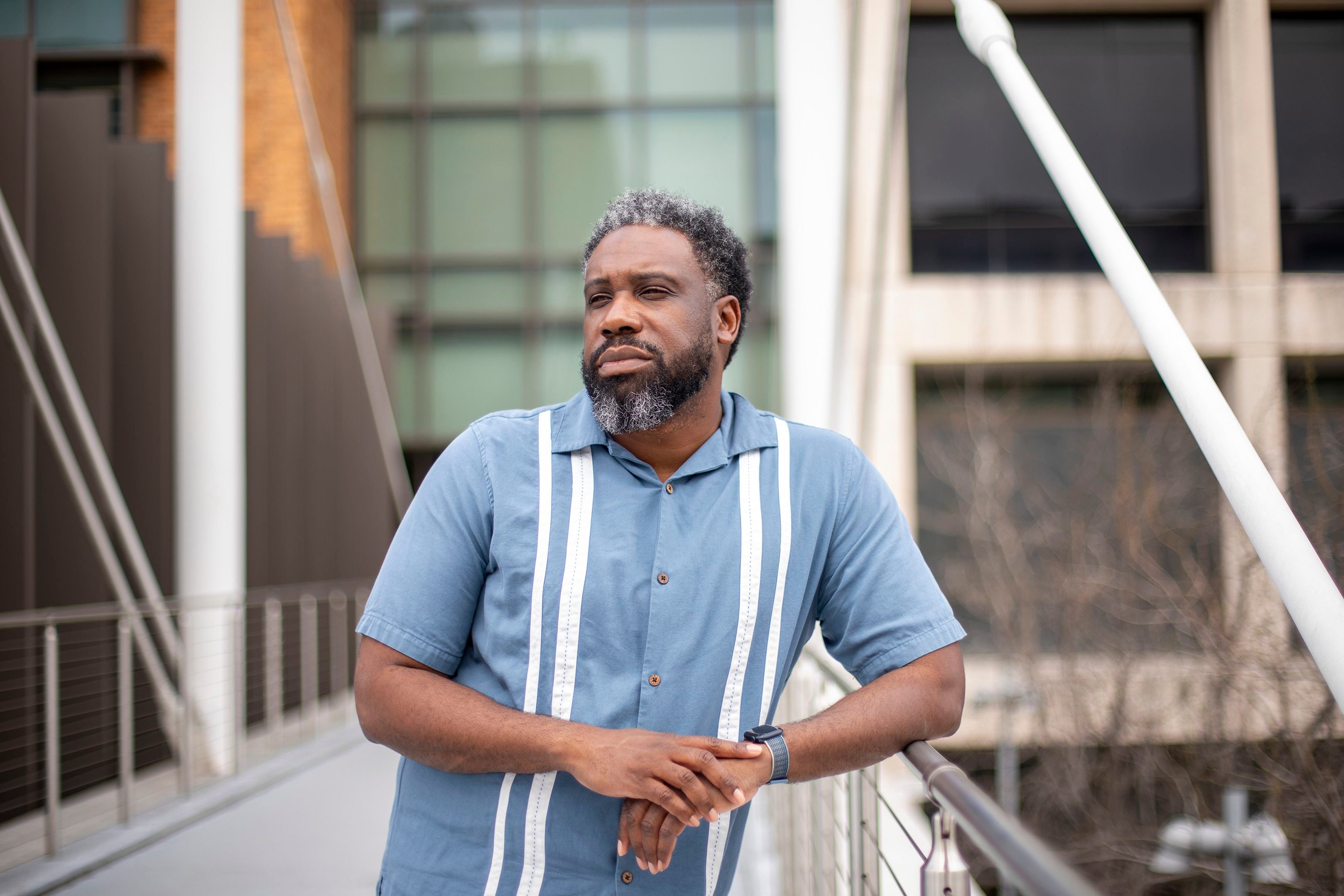
Visually telling a story that happened nearly a century ago presents a unique set of challenges. Thompson had to create an entirely different set of tools to get his images to work in conversation together.

Photo courtesy of Raymond Thompson Jr.
Photo courtesy of Raymond Thompson Jr.
“It’s a big flip from being a photojournalist in a way because with photojournalism, everything’s very much about the present,” Thompson said. “Trying to do stories about the past with the same tools can be difficult because the stuff has moved on. There’s not a lot to photograph in the landscape, so you have to use a poetic way of looking at things.”
For one image, he hiked down to a river early in the morning and captured fog coming off the water. In his book, he was able to give the image the context it needed to impart its full meaning with the help of captions and text.

Thompson used a combination of fieldwork, archival images and reenactments to bring the disaster, and its victims, to life. For one piece, called “12 Men,” Thompson combed through 200 wide-angle archival photos of the tunnels. The workers in the photos were tiny, an afterthought with no information about them in the caption. Thompson cut out portraits of workers and blew them up to a life-size scale. The portraits, which you can barely make out through the digital noise, are printed on poster board and rest against a blank white wall.
“I was always really haunted by the archival images,” Thompson said. “I wanted to turn pictures of an engineering practice into actual images about the person who was in there. They’re ghosts in that we don’t know who they are, but at least we can pop them out in life and force us to look at them.”
It’s hard for Thompson to fully appreciate the book now that it’s done. Like many creatives, he puts infinite pressure on himself and scrutinizes every picture until he thinks it’s perfect. Eventually, he must let his work go out into the world and shed light on this story.
“I saw a picture of a friend who had given the book to her daughter to read,” Thompson said. “And I was very touched by that because that was the whole point: for folks in that region to learn about this story.”
“I wanted to turn pictures of an engineering practice into actual images about the person who was in there. They’re ghosts in that we don’t know who they are, but at least we can pop them out in life and force us to look at them.”
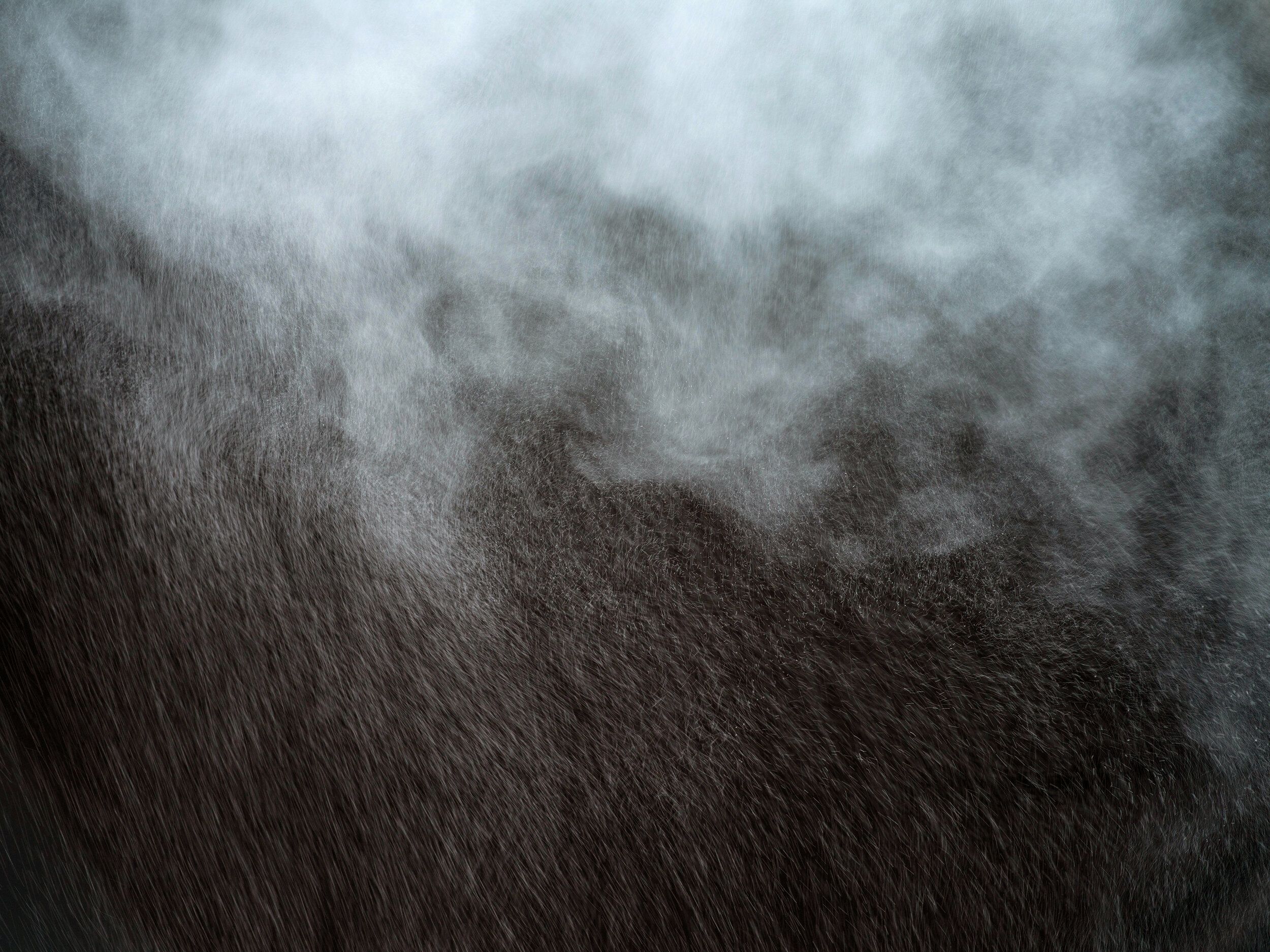
After completing an endeavor that so thoroughly combined art and journalism, Thompson encourages students to learn how to make more complex visual stories, using all the techniques available to them rather than just the same format that’s been used for decades. We live at the most visual time ever, he said, and our practice can’t stop evolving.
“We’re competing for all this attention, pulling people’s attention when they’re so busy,” Thompson said. “We really need to bring it as far as the techniques we use, and I think we have to expand it. I don’t have an answer for exactly what that looks like, but I know that we have to do more than what we’ve done in the past.”
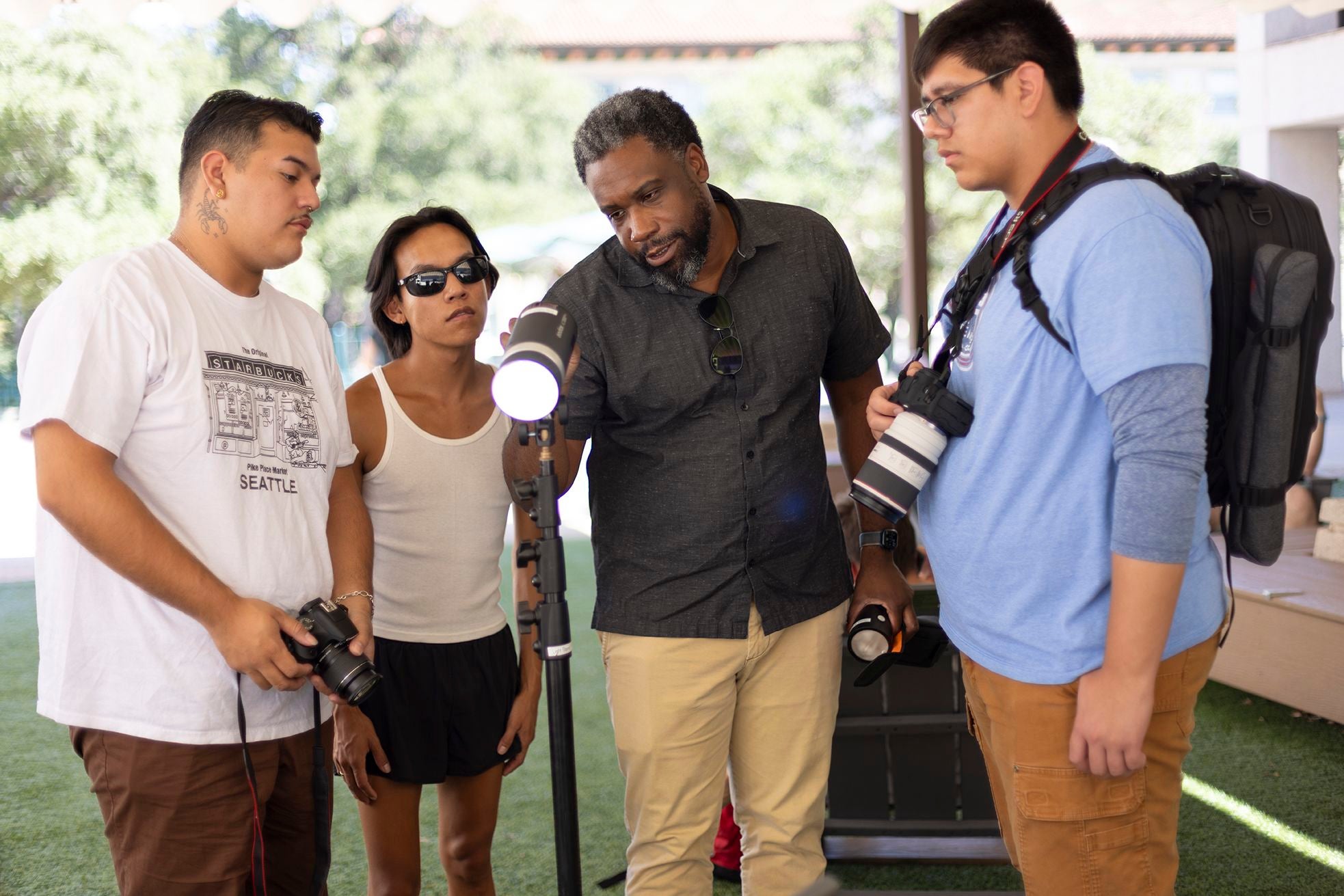
Professor Thompson leading a workshop on lighting with students at Moody College.
Professor Thompson leading a workshop on lighting with students at Moody College.
You can hear Thompson talk about his book at a release event at 6:30 p.m. April 5 at Alienated Majesty Books.

